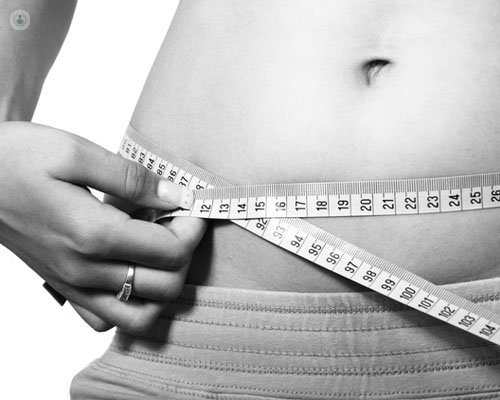Uses of endoscopy to treat obesity
Written by:The endoscopy is a medical discipline that allows us to explore the digestive tract. In turn it is possible to therapeutic treatments through endoscopes. The main applications having gastrointestinal endoscopy are the prevention of colon cancer and treatment of precancerous lesions.

Application of endoscopy in obesity
Bariatric endoscopy is the subspecialty dedicated to treating obesity. In recent years more and more therapeutic options in this sector are emerging due to the tendency of looking for minimally invasive procedures. Currently there are devices with restrictive action, others with malabsorptive action and finally some with mixed action.
Obesity treatments: BIB, POSE method or bypass
Within obesity treatments they are the intragastric balloon or POSE method, among other techniques.
The intragastric balloon is the standard in bariatric endoscopy. It is the longest treatment, with more than 20 years is on the market. The ball makes a mass effect, occupying space in the stomach and thus, are less able to deal with food. It is a silicone prosthesis (the most used), although there are also other materials. The ball is usually filled with saline, although there are models which are filled with air and liquid simultaneously. The intragastric balloon is a pure restrictive method. Intragastric balloons last between six months and one year.
The POSE method is a procedure that produces a reduced elasticity of the stomach. This helps patients to have a feeling of early satiety. The main difference between the POSE method and the BIB is that this treatment is done in a single session, under general anesthesia, patients avoiding a second phase or reoperation to remove (as in the case of the ball). Once done, it is final.
Another existing method is the external bypass. It is the latest technique there. It is basically a modification of a device already used for years: the probes gastrostomy (PEG). Unlike the PEG, the external bypass allows partially remove gastric contents, so that patients, after making intake, will be able to eliminate up to 30% of caloric intake.
Who can undergo obesity treatments
The ideal patient can undergo these treatments are patients with obesity grade I or grade II. They can also access to treatment for patients with morbid obesity or supermórbida actively rejecting surgery.Bariatric endoscopy can treat many patients who had no option before. More than 95% of obese patients receive no treatment. These techniques give patients more likely to be able to treat
Benefits and results of the techniques of endoscopy
The results depend on the patient and the technique used, being about 40% loss of excess weight in the first year.There turn a clear improvement in obesity-related comorbidities, resulting in improvements in hypertension, glycemia, dyslipidemia, musculoskeletal pain, ... These improvements are observed from a loss of 5% of the total weight.It also benefits them if they are to undergo further surgery because it improves them the degree of success of these. It must be emphasized that bariatric endoscopy has the function of bariatric surgery complement rather than compete with it.


